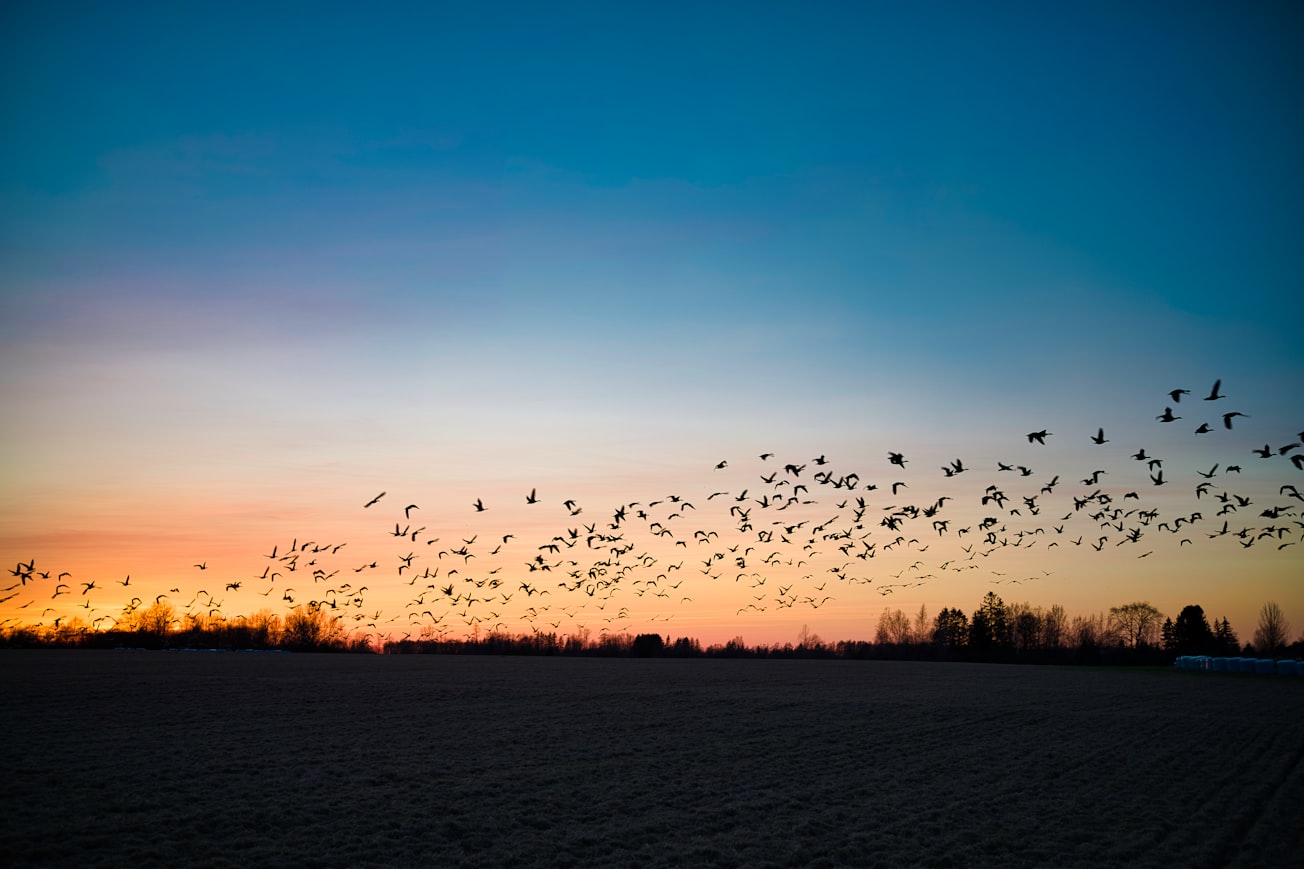What is it about?
Billions of birds migrate for thousands of kilometers each year, yet their population is rapidly declining. North America has lost more than 1/4 of its migratory bird population over the past half-century. The highest mortality occurs when birds are traveling, during which they need to stop over periodically to rest and refuel. However, we know the least about the stopover habitats, especially for smaller ones like songbirds. Unlike shorebirds and waterfowl that aggregate in large numbers in waterbodies during the stopover, songbirds can be almost everywhere and are hard to spot. Identifying the important stopover site and habitat is crucial to the successful conservation of migratory songbirds, which is beyond the capacity of typical field surveys and satellite tracking due to their small body size and scattered distribution. Weather radar helps to gain access to a broad form of stopover patterns by monitoring the clouds of birds at takeoff. We applied this novel tool to map the stopover distribution and identified “hotspots” during autumn migration in the eastern United States. We found that songbirds migrate across a broad front at the coarse scale, with similar stopover density mapped for most states. Relatively more birds were found along the Mississippi River and the Appalachian Mountains. At finer spatial scales, we identified stopover hotspots that consistently support high densities of migrants (top 10%) in all five years, covering 2.3% of all sampled areas. Both stopover density and hotspot probability increase with all types of forest covers and decrease with agricultural land. We found the highest hotspot probability in deciduous forest fragments embedded in broadly deforested regions. We also discovered a high concentration of birds in the forests along the edge of the Midwest prairie region, now largely converted to farmland. The farmland may have created a migration barrier for songbirds which avoid stopping in the agricultural landscape until they reach more forested places.
Featured Image

Photo by Maksim Shutov on Unsplash
Why is it important?
We conclude that the conservation of migratory songbirds cannot rely on only a few key reserves. Instead, it must operate at every level with a well-distributed network of protected forest land across the continent. We also urge more attention to forest fragments in broadly deforested regions as they tend to be overlooked in conservation planning due to their small size and low breeding success of birds during the breeding season.
Perspectives
A chain is only as strong as its weakest link. Successful conservation of migratory bird populations requires enough habitat to be protected at all stages of its annual cycle. We hope this study will fill-in the knowledge gap in the full-annual-cycle conservation of migratory songbirds, and inform on-the-ground conservation efforts for protecting the declining migratory bird population.
Fengyi Guo
Princeton University
Read the Original
This page is a summary of: Autumn stopover hotspots and multiscale habitat associations of migratory landbirds in the eastern United States, Proceedings of the National Academy of Sciences, January 2023, Proceedings of the National Academy of Sciences,
DOI: 10.1073/pnas.2203511120.
You can read the full text:
Contributors
The following have contributed to this page










